(CLO) "Traditional journalism is under great pressure to transform. Now, 'convergence or death' has become a reality," Mr. Bui Cong Duyen, Product Director of ONECMS Convergence Newsroom, emphasized.
Breaking down walls, building 'content factories'
In the digital age, "converged newsrooms" have become an inevitable trend of modern journalism. This is the process of merging previously separate journalism departments into an integrated, coordinated, and multi-platform unit, also known as a "content factory". Instead of separate departments for each type, a common command center (superdesk) will monitor and coordinate news on all channels.
This model has spread to all forms of journalism, from traditional print to television. For print, convergence is evident in the merger of print and digital newsrooms, blurring the lines between 'print journalists' and 'web journalists'. For online newspapers, the digital environment itself is a convergence point of many information formats, from text, images, videos to interactive graphics and social networks. In the television sector, TV channels integrate TV news with digital news and other platforms, focusing on distributing content via OTT and mobile services.
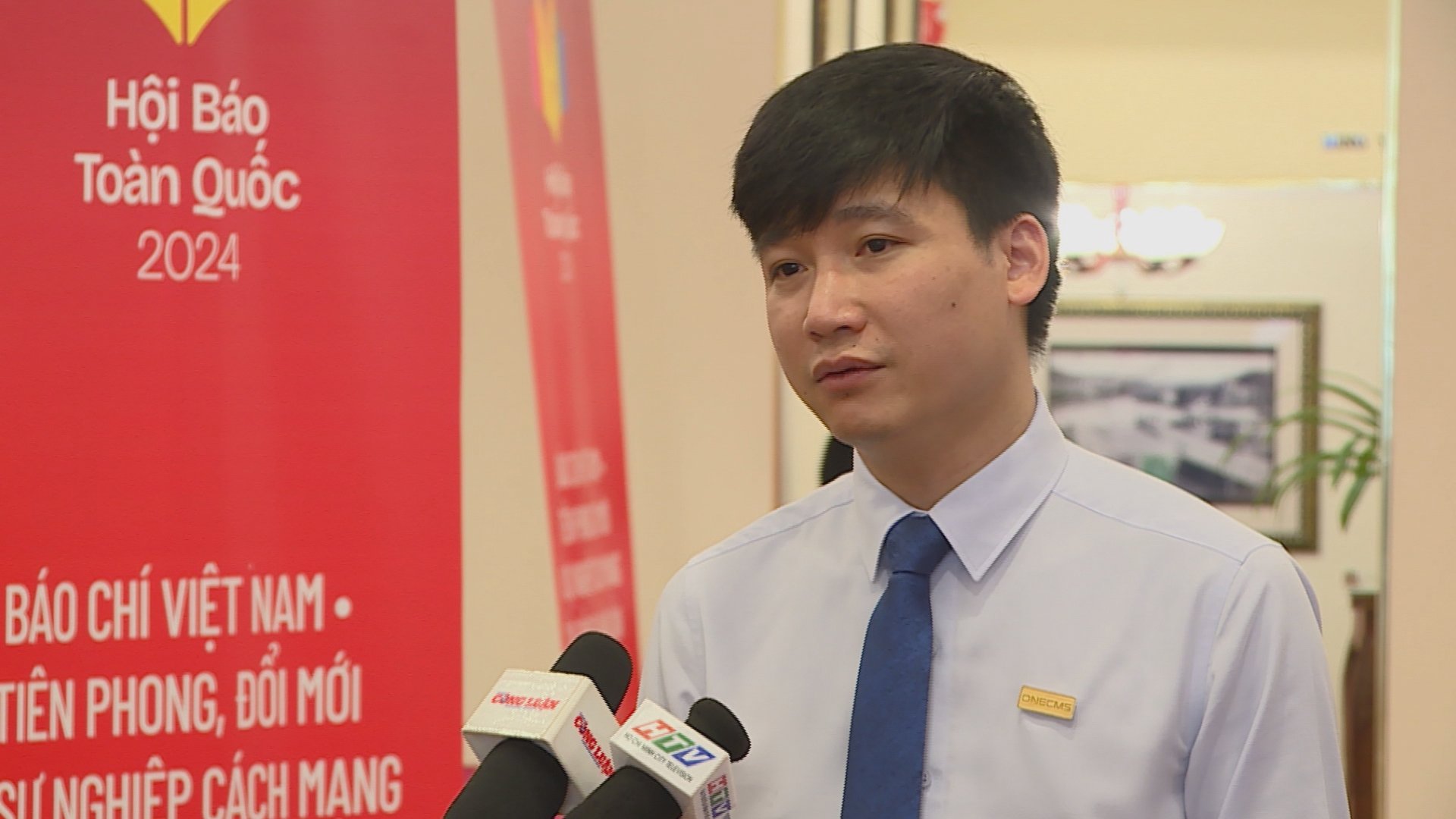
Mr. Bui Cong Duyen, Product Director of ONECMS Convergence Newsroom.
"Online newspapers act as a hub to consolidate content from all sources for online distribution, while converged television focuses on distributing content via OTT and mobile services, " said Mr. Bui Cong Duyen, Product Director of ONECMS Converged Newsroom.
The converged newsroom model brings many benefits to both the press agency and the readers. For the press agency, the consolidation of newsrooms helps optimize processes and resources, eliminate duplication in news collection and processing, save costs and improve work efficiency. For the readers, the multi-platform coordination helps expand the coverage of each event, bringing more comprehensive and multi-dimensional stories.
"Unifying newsrooms helps eliminate duplication between platforms, save costs and improve work efficiency," Mr. Duyen affirmed.
Despite the many benefits, implementing a converged newsroom is not easy, but comes with a series of challenges and limitations that need to be addressed. First, changes in workflow are inevitable. From meeting schedules, publishing processes to how departments coordinate, everything must be 'restructured' to serve continuous publishing on multiple platforms. This often encounters 'resistance' from within, especially from veteran staff who are used to traditional working methods.
According to Mr. Bui Cong Duyen, in terms of organization, large newsrooms often have decades-old cultures and processes, and merging with a younger digital department leads to cultural conflicts. Typically, at The New York Times, the digital department was initially separated to allow for freedom of innovation, but in the long run, maintaining two separate newsrooms became ineffective, leading to the merger in 2005.
"Convergence transformation is a long process, requiring time for generations of journalists to integrate culturally with each other," said Mr. Duyen.
"Changing people and processes is the biggest challenge of a converged newsroom," said Bui Cong Duyen. "Convincing the entire department to 'breathe the same air' of convergence is not easy and requires a strong commitment from the leadership."
The risk of losing specific quality is also a concern. While convergence promises to improve overall quality, if not handled carefully, it can lead to homogenization of content across channels and loss of identity for each type of journalism. Prioritizing immediacy across all platforms can cause newsrooms to trade analytical depth for speed.
"The challenge is how to maintain the unique quality of each type while still converging the content," said Mr. Duyen.
AI, Big Data and New Business Models
Mr. Bui Cong Duyen emphasized: "Traditional press is under great pressure to transform. Now, 'convergence or death' has become a reality."
For traditional broadcasters, the impact of convergence is also profound. TV stations must expand into digital content, build teams in charge of websites, mobile applications, social networks and integrate these teams with the TV newsroom. Technical infrastructure is also changing from magnetic tape, analog broadcasting to a completely digital environment.
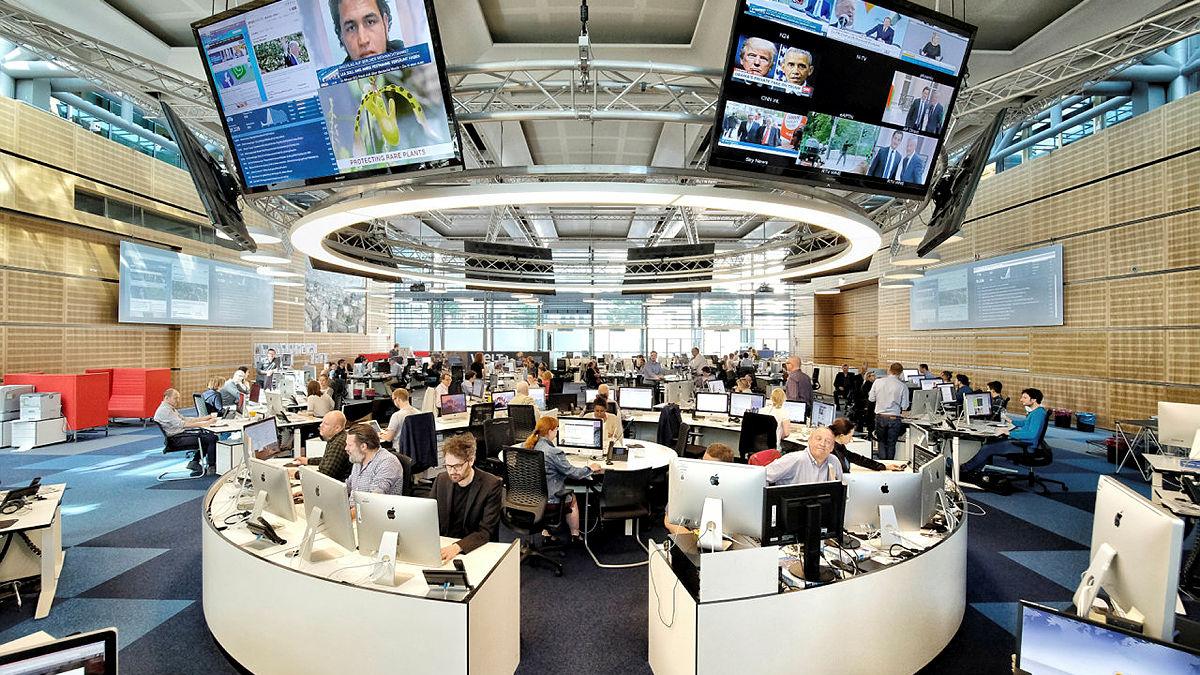
The emergence of the converged newsroom model has created a "revolution" in the traditional journalism industry, forcing old-style newsrooms to "transform" to adapt to the public's new news consumption habits.
"National television stations have restructured towards convergence, showing that this is an inevitable trend reshaping traditional journalism globally," Mr. Duyen added.
Even at the national level, many governments are pushing traditional media to go digital. For example, the Vietnam Press Digital Transformation Strategy aims for 100% of media agencies to operate under a converged newsroom model or equivalent by 2025.
Mr. Bui Cong Duyen commented that artificial intelligence is gradually becoming an indispensable part of modern newsrooms. Many newsrooms have been using AI to automate logistical tasks such as data tagging, preliminary editing, instant news generation, personalizing content for readers, and even producing news using language-generating algorithms.
According to a recent Reuters Institute survey, 87% of newsrooms worldwide said they have been ‘transformed by content-generating AI’ to some extent. This shows that AI is not just a supporting tool, but also a powerful ‘colleague’, helping journalists speed up reporting, personalize the reader experience and create unique journalistic products.
However, with the huge opportunities come challenges of accuracy and ethics, requiring newsrooms to incorporate AI carefully, ensuring authenticity and creativity.
Along with AI, Big Data is changing the way newsrooms operate. Converged newsrooms increasingly rely on audience data analysis to guide content production to suit readers’ needs. Data journalism has also emerged as a new ‘spearhead’, helping newsrooms exploit huge data stores to create in-depth stories and engaging interactive graphics.
"Data journalism helps newsrooms 'tell stories' in a convincing, evidentiary and visual way. Readers not only read news, but also 'understand' the issue through interactive charts and graphics," Mr. Duyen assessed.
Regarding business models, according to Mr. Duyen, convergence is not only taking place in content production but also in journalism business strategy. News publishers are experimenting with many new revenue models to adapt to the digital environment, including digital subscriptions (paywall), "bundling" (service packages), organizing online events, seminars, producing sponsored podcasts and short videos, receiving funding from the community...
"Readers are willing to pay for quality, unique content and 'exclusive' experiences. That is an opportunity for newspapers to create sustainable business models," Mr. Duyen affirmed.
Along with the global media giants, Vietnamese press is also witnessing a strong transformation towards the converged newsroom model. Press agencies from central to local levels are making efforts to apply technology, innovate production processes and diversify content to meet the increasing demands of readers. Nhan Dan Newspaper, VnExpress and VietnamPlus are typical examples of this transformation.
"The application of digital technology such as modern CMS systems, artificial intelligence (AI), and big data helps Nhan Dan Newspaper improve content quality, increase reader interaction, and affirm its leading role in journalism in the digital age," said Mr. Bui Cong Duyen.
"VietnamPlus is a typical example of applying new technology in Vietnamese journalism ," Mr. Duyen added.
Not only major press agencies, many local newspapers such as Nghe An, Quang Nam, Dak Nong have also deployed converged newsrooms.
"The fact that local newspapers are implementing converged newsrooms shows that this trend is spreading and becoming an inevitable requirement for Vietnamese journalism," Mr. Duyen emphasized.
Hoang Anh
Source: https://www.congluan.vn/toa-soan-hoi-tu-nha-may-noi-dung-da-nen-tang-ket-hop-ai-mot-cach-than-trong-post336504.html


![[Photo] Comrade Khamtay Siphandone - a leader who contributed to fostering Vietnam-Laos relations](https://vstatic.vietnam.vn/vietnam/resource/IMAGE/2025/4/3/3d83ed2d26e2426fabd41862661dfff2)
![[Photo] Prime Minister Pham Minh Chinh receives CEO of Standard Chartered Group](https://vstatic.vietnam.vn/vietnam/resource/IMAGE/2025/4/2/125507ba412d4ebfb091fa7ddb936b3b)
![[Photo] Special relics at the Vietnam Military History Museum associated with the heroic April 30th](https://vstatic.vietnam.vn/vietnam/resource/IMAGE/2025/4/3/a49d65b17b804e398de42bc2caba8368)

![[Photo] Prime Minister Pham Minh Chinh receives Deputy Prime Minister of the Republic of Belarus Anatoly Sivak](https://vstatic.vietnam.vn/vietnam/resource/IMAGE/2025/4/2/79cdb685820a45868602e2fa576977a0)
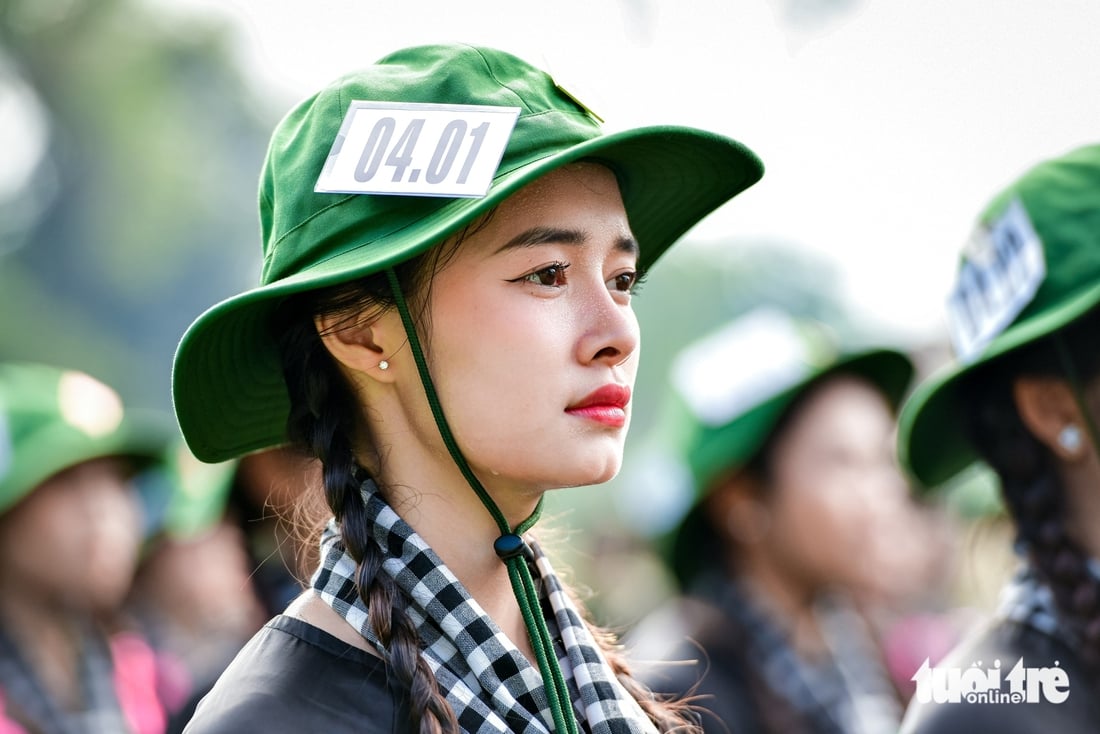
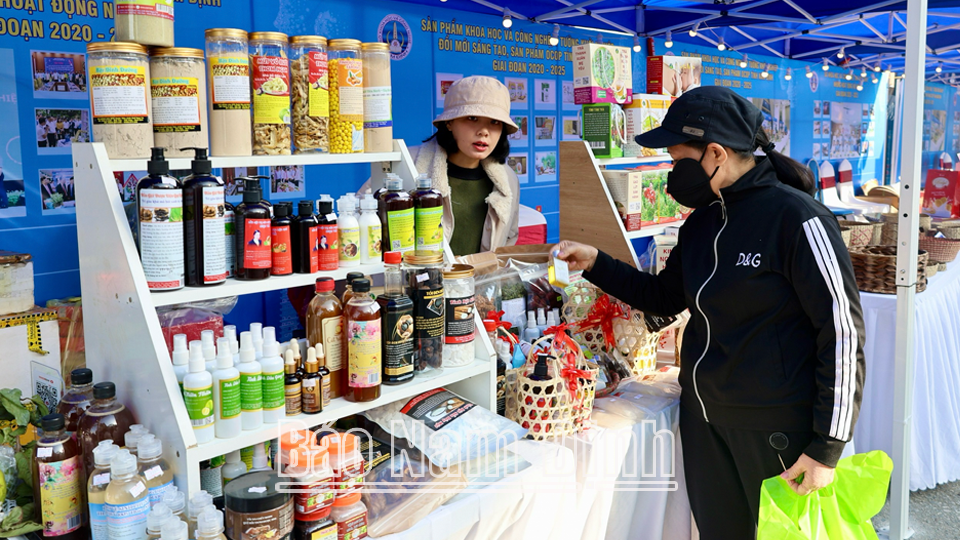

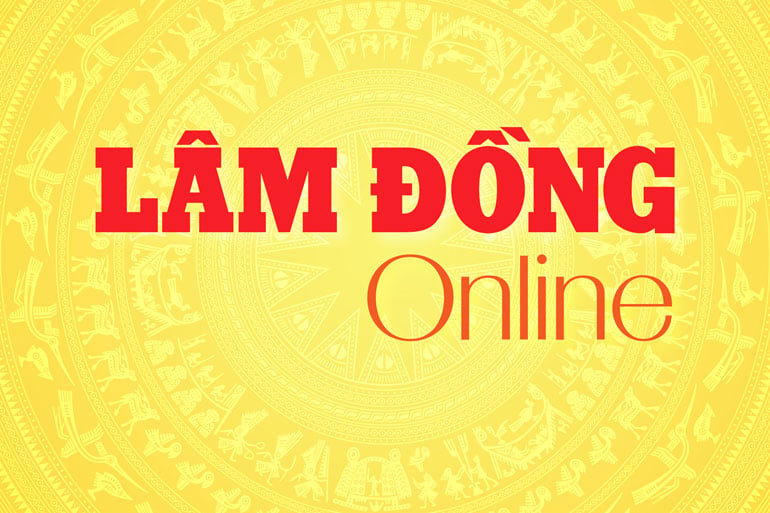
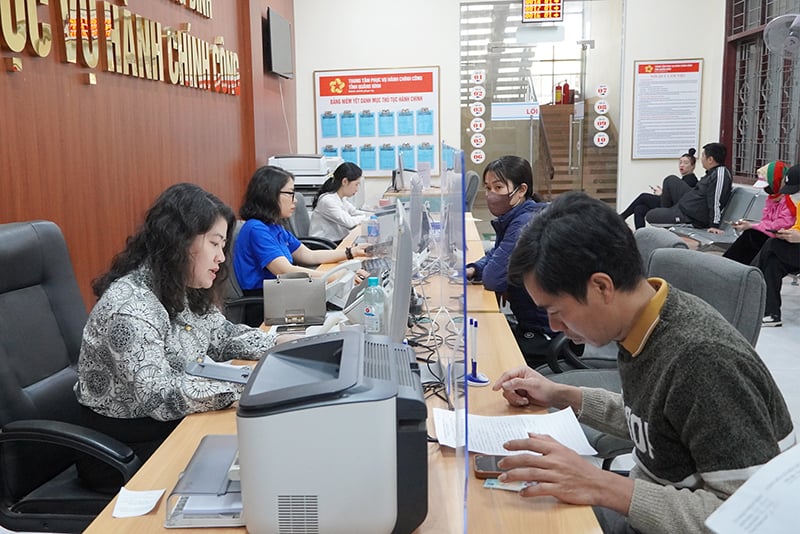

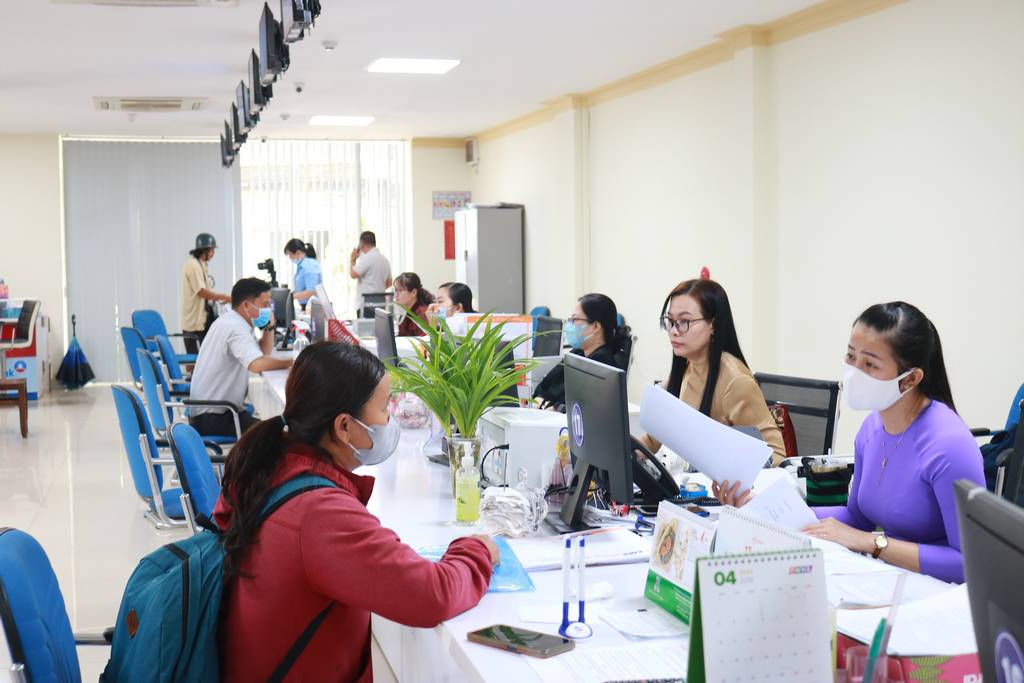

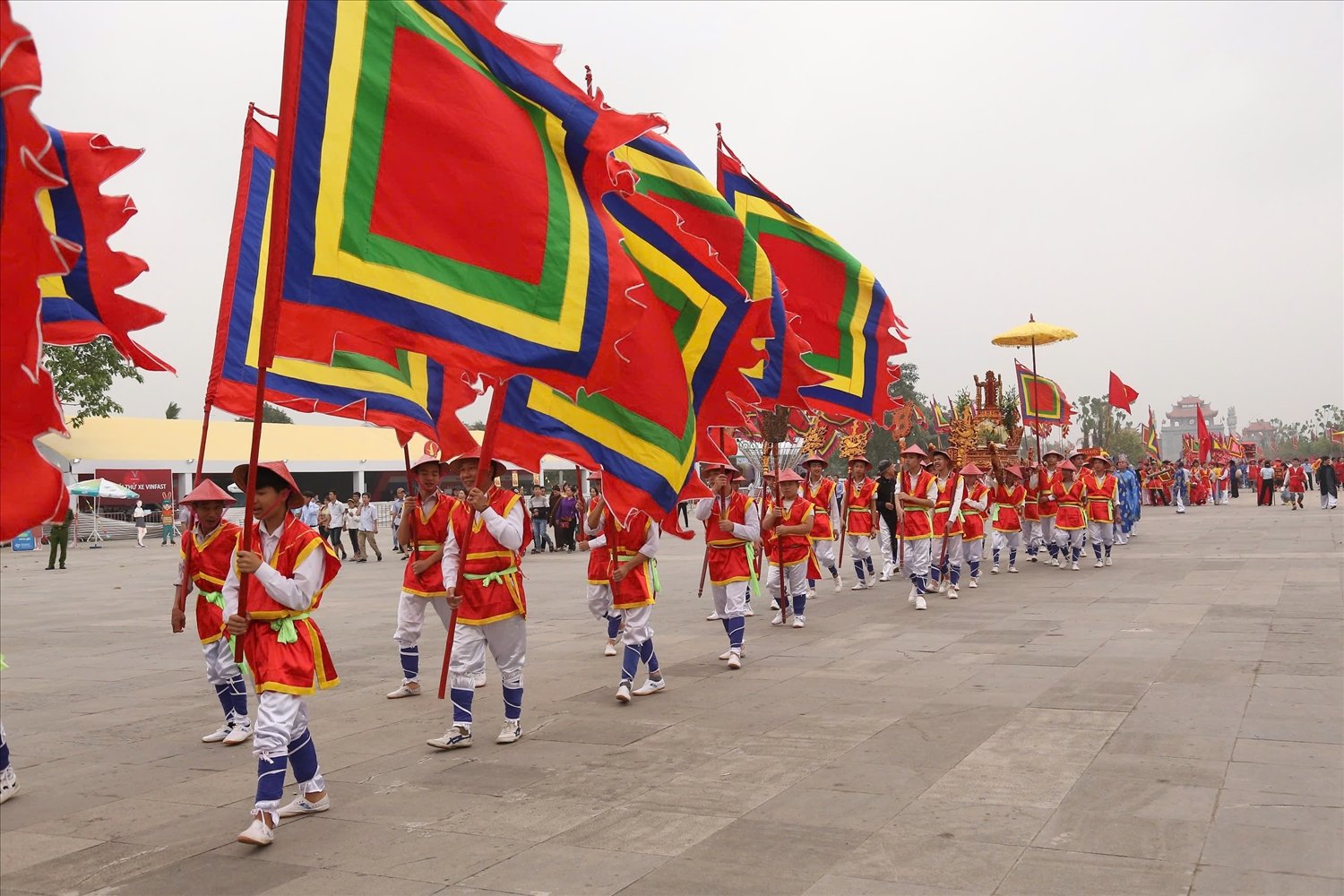
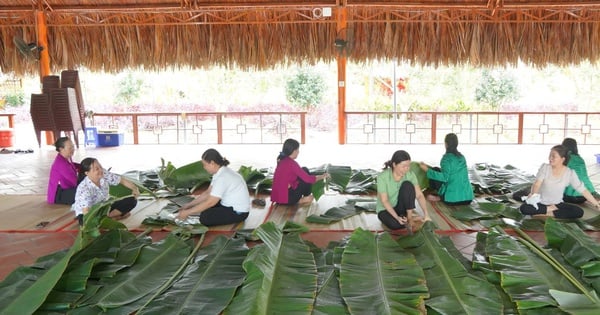
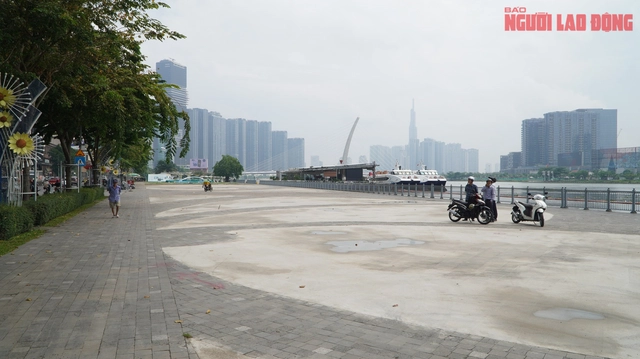
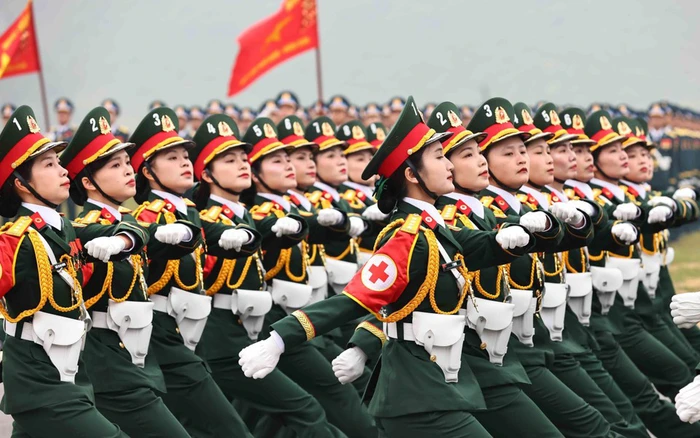
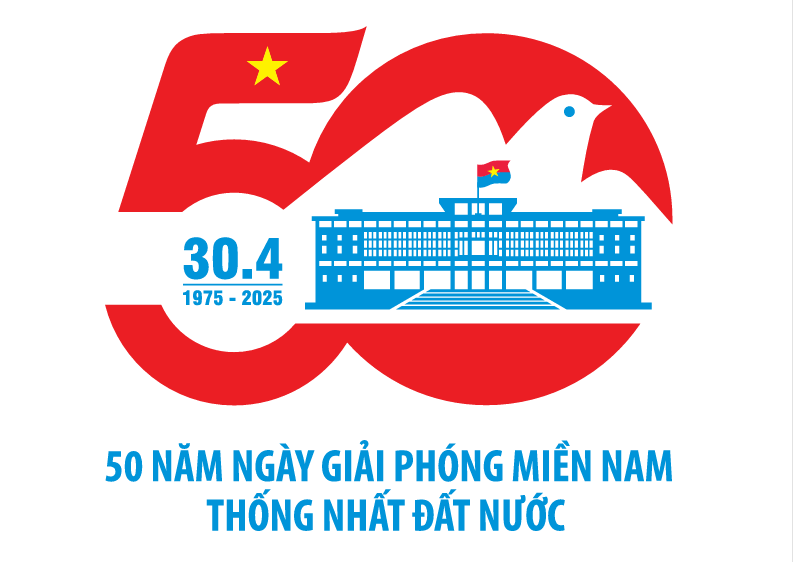
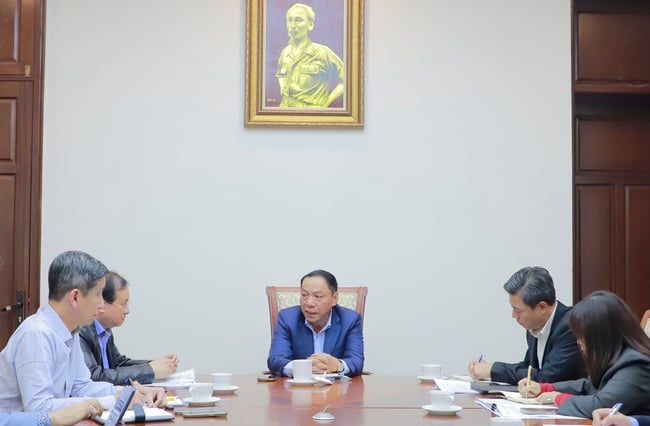




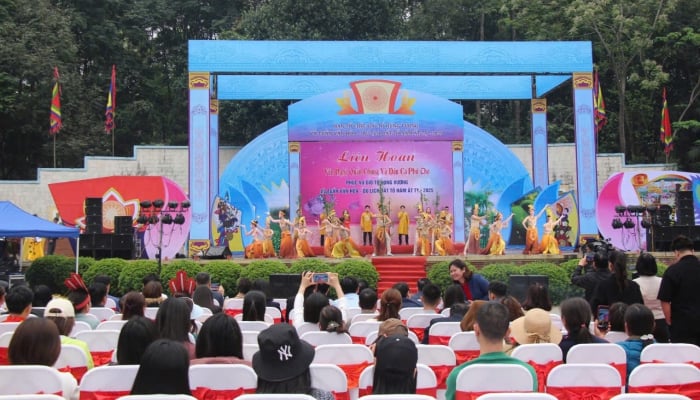
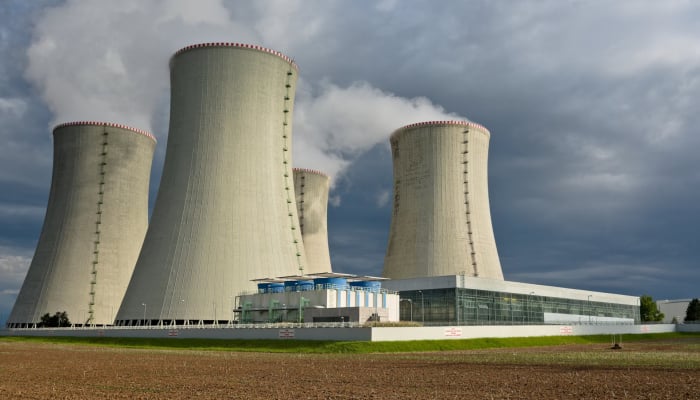


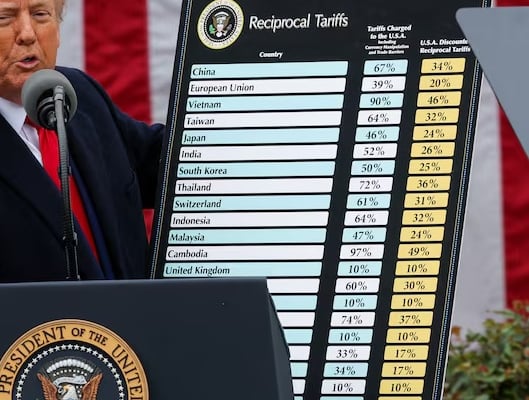


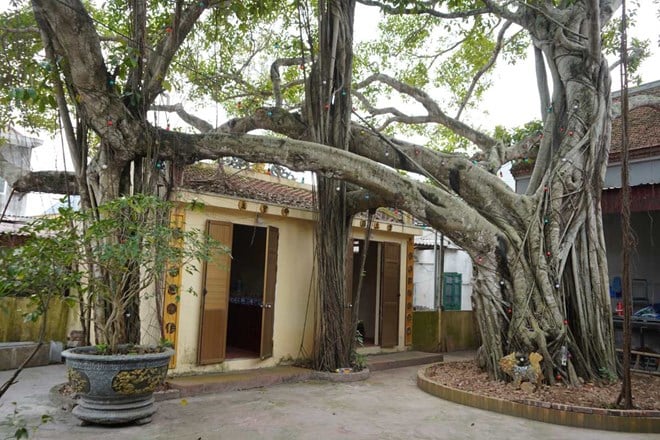

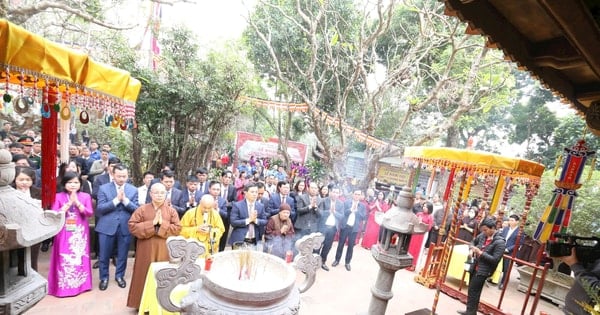







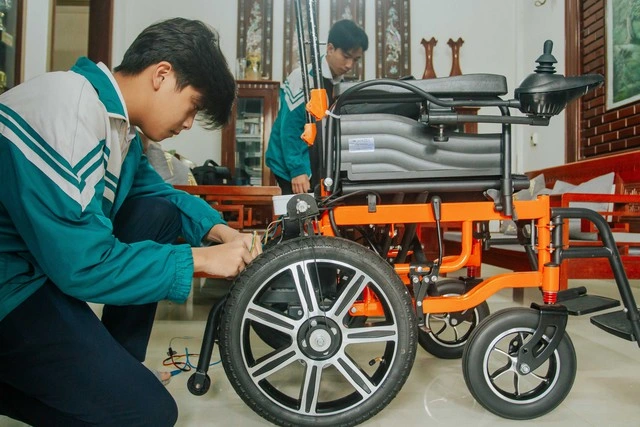

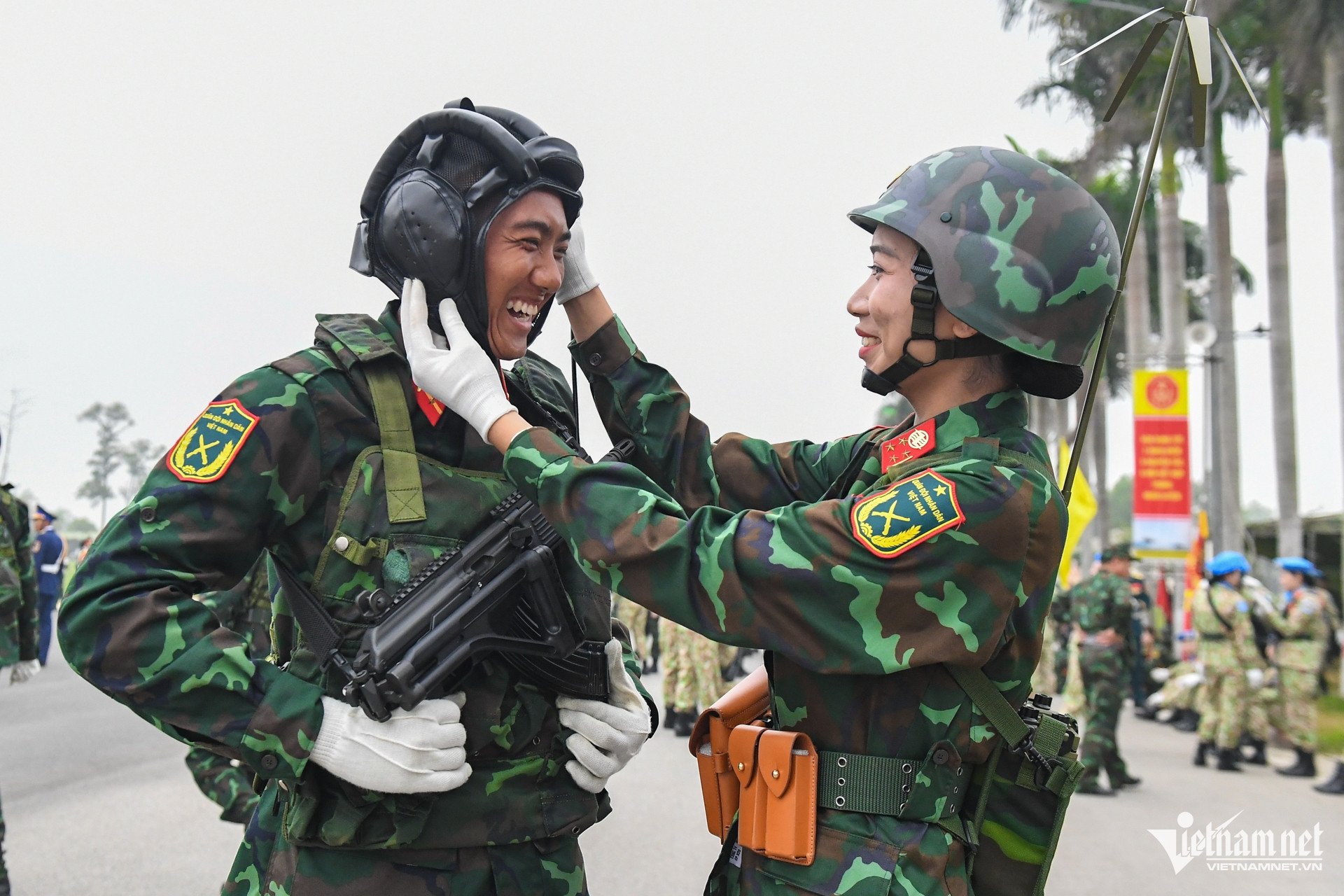















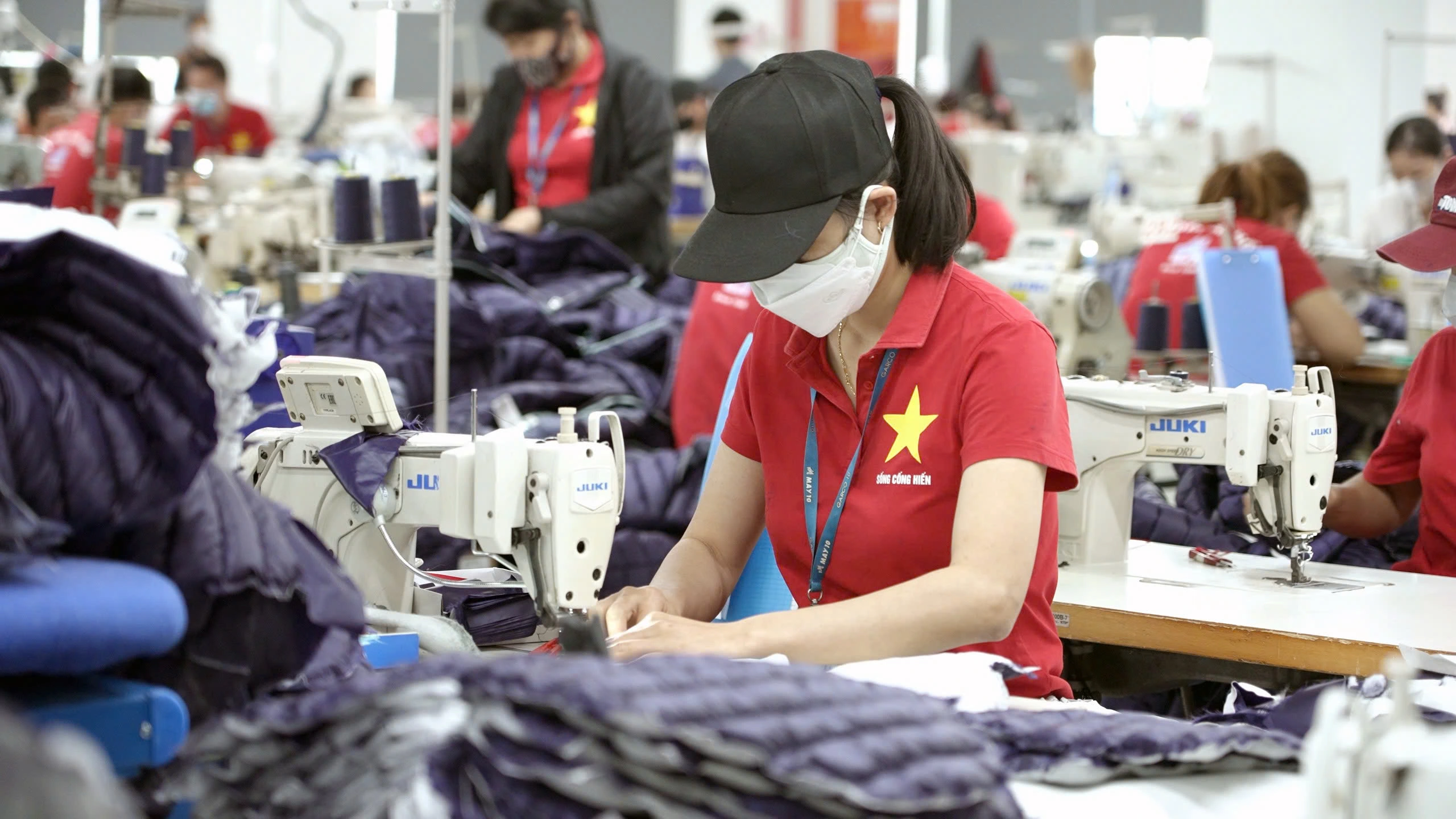


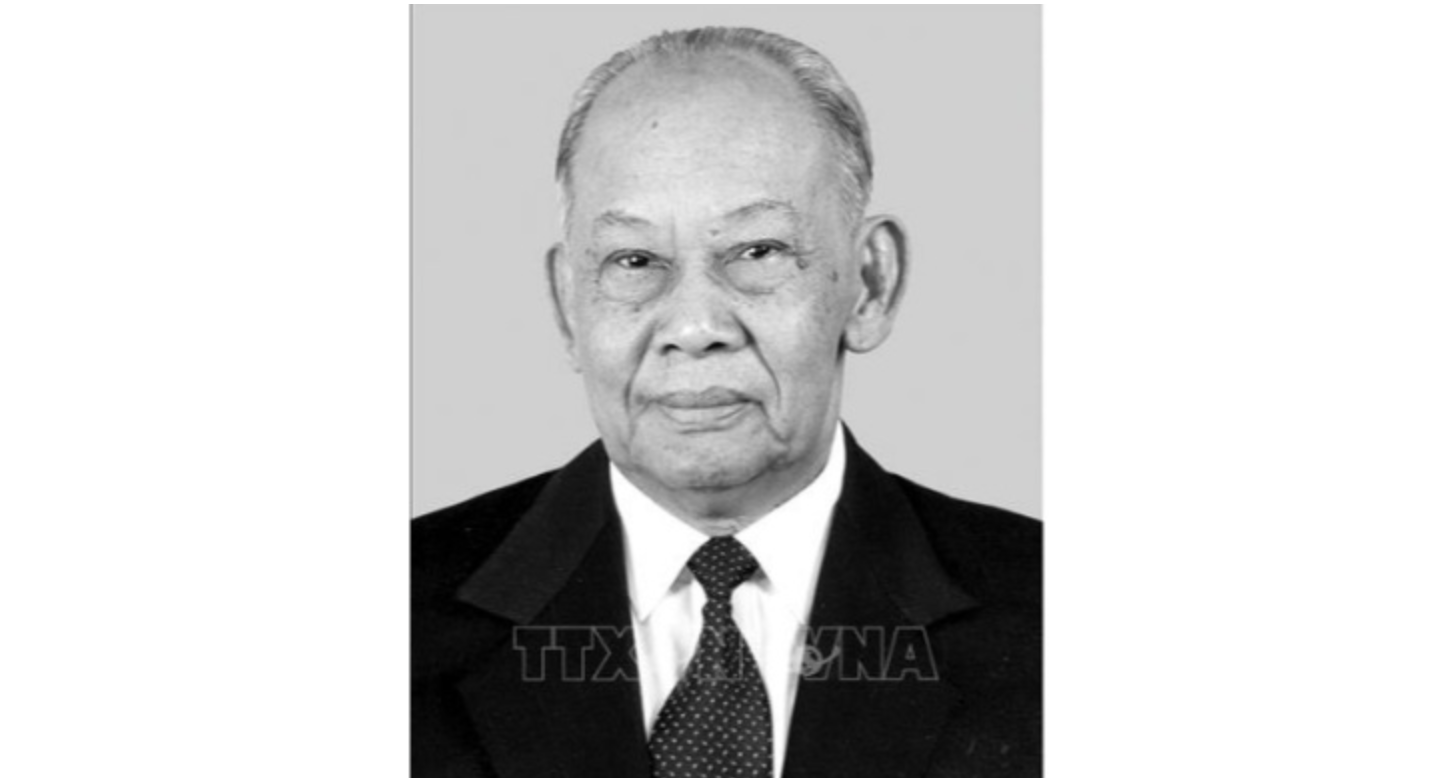

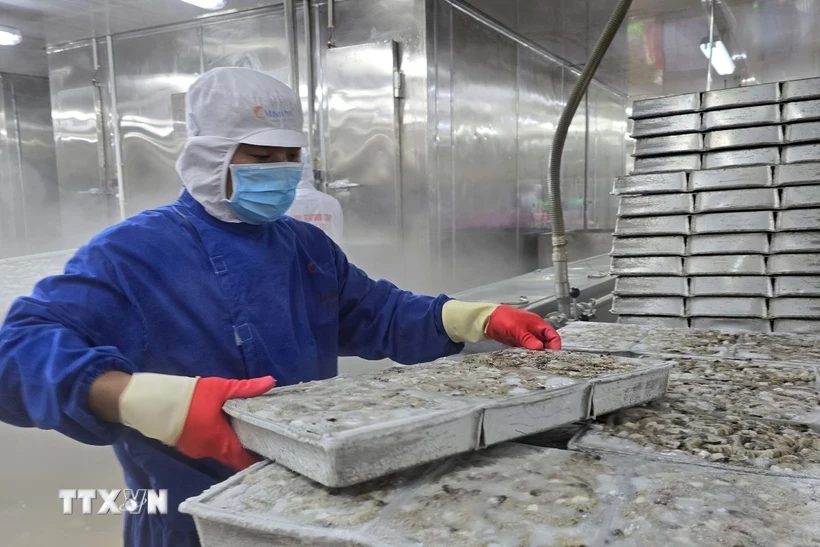

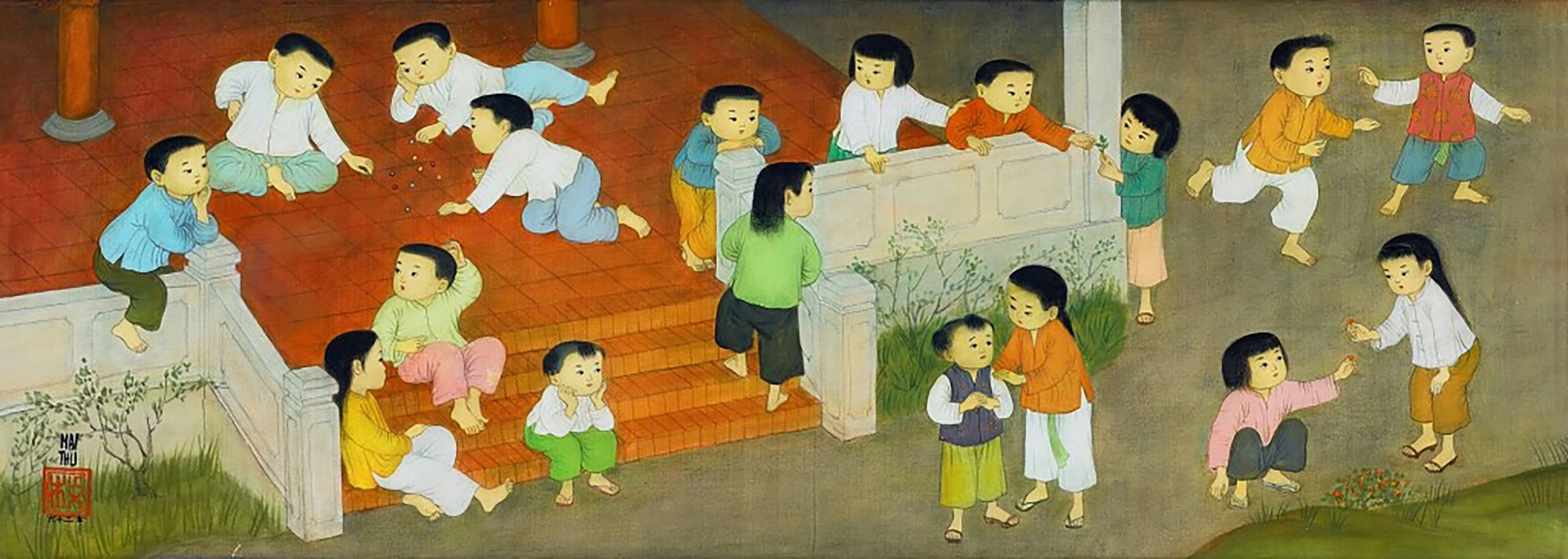
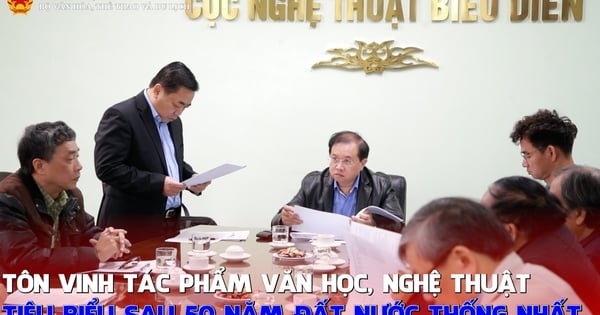

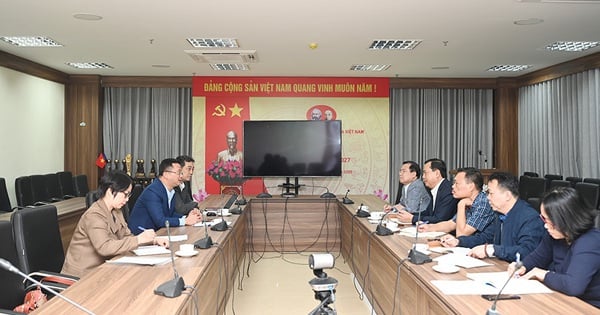
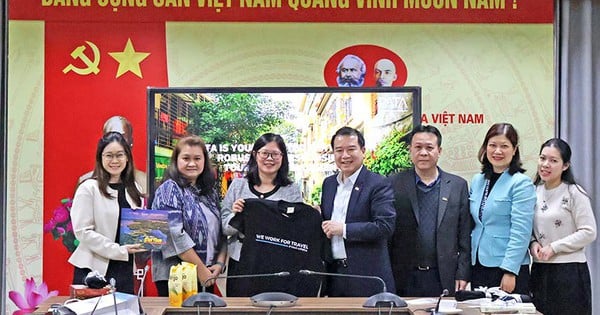
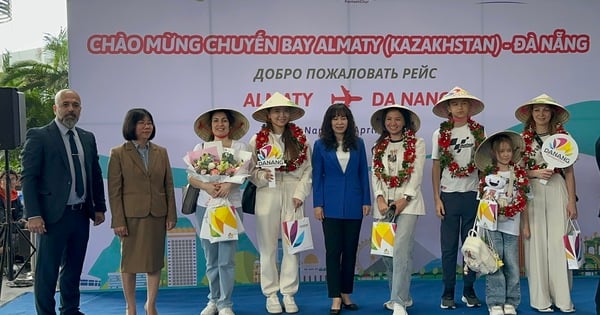


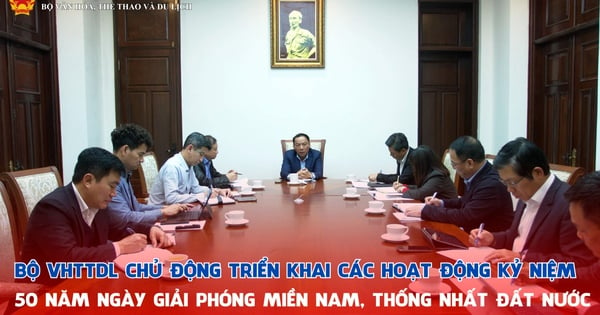



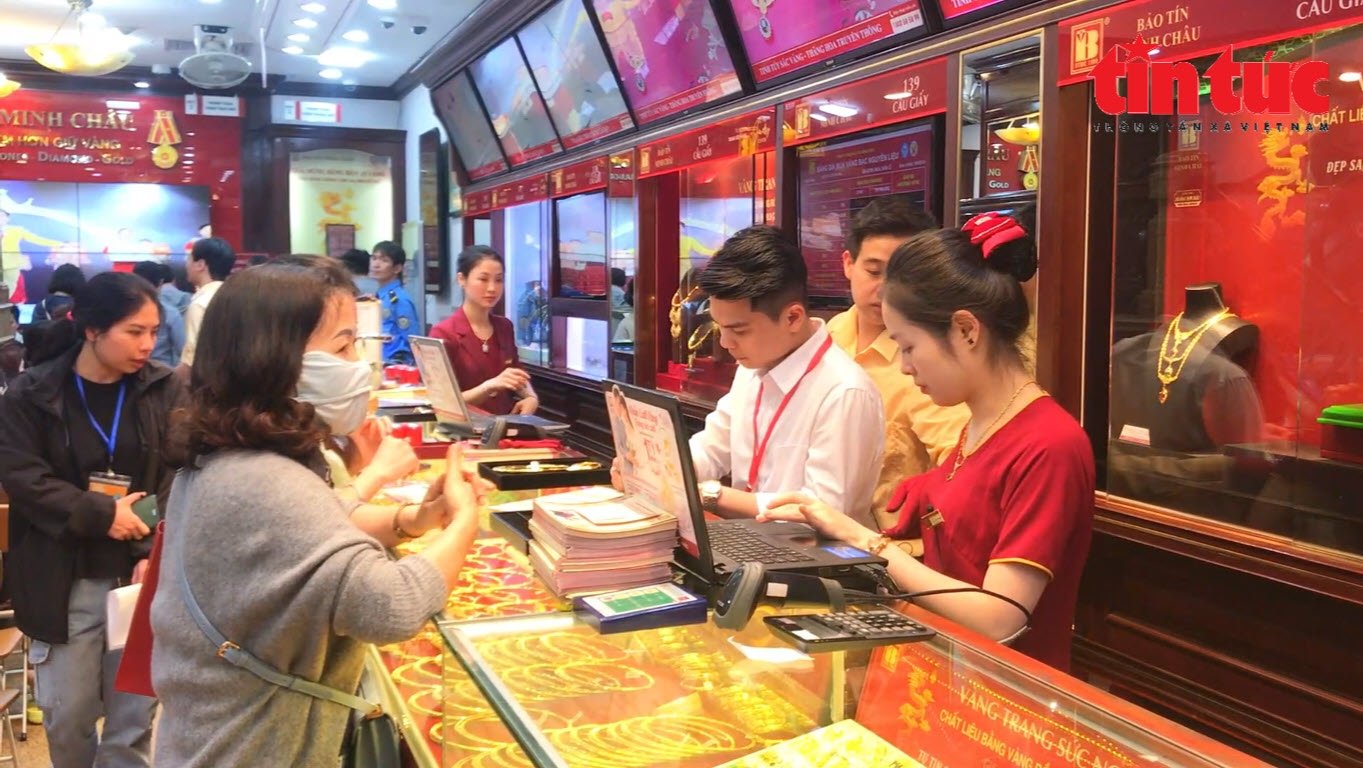

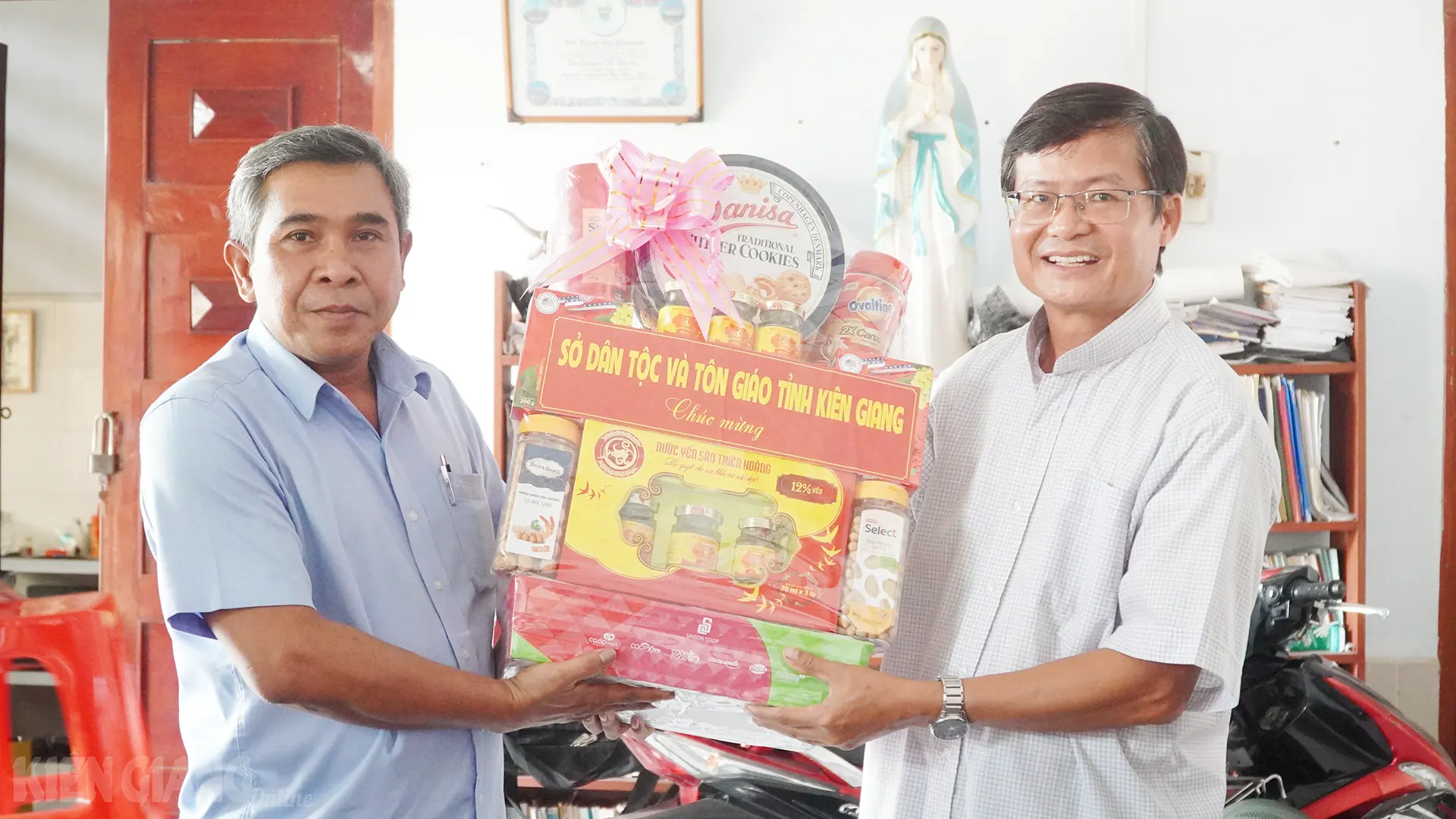












Comment (0)